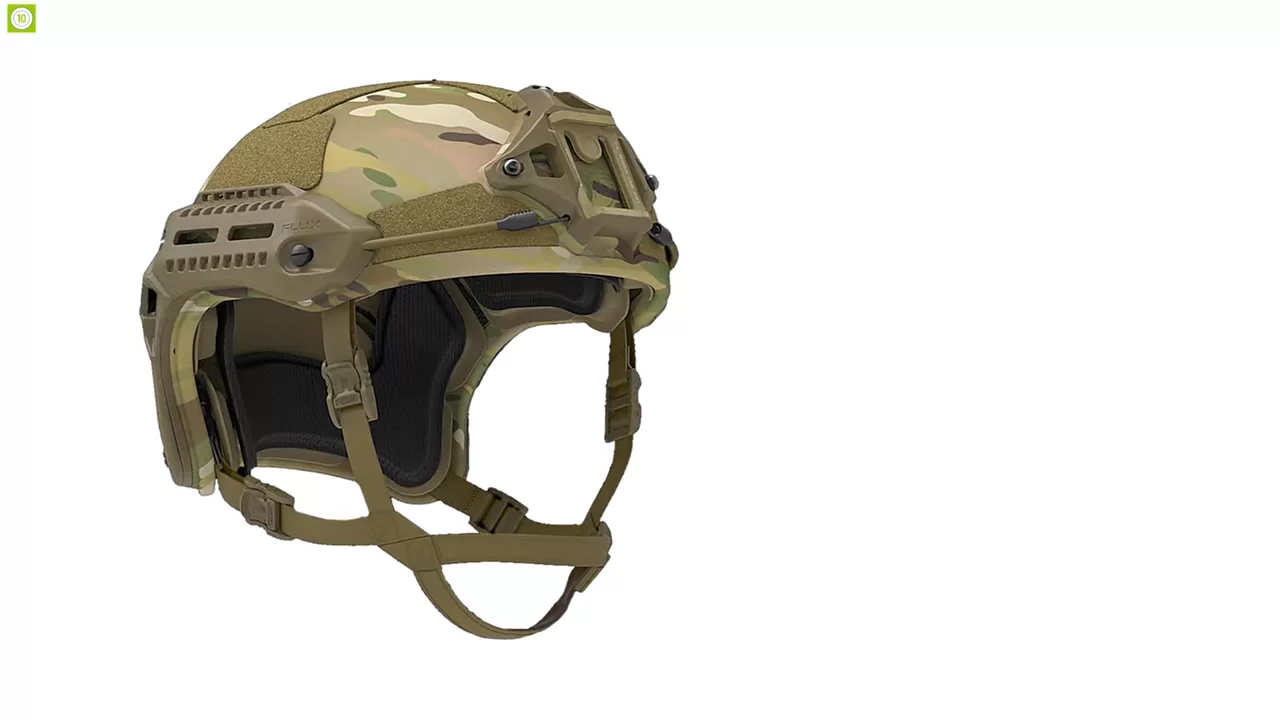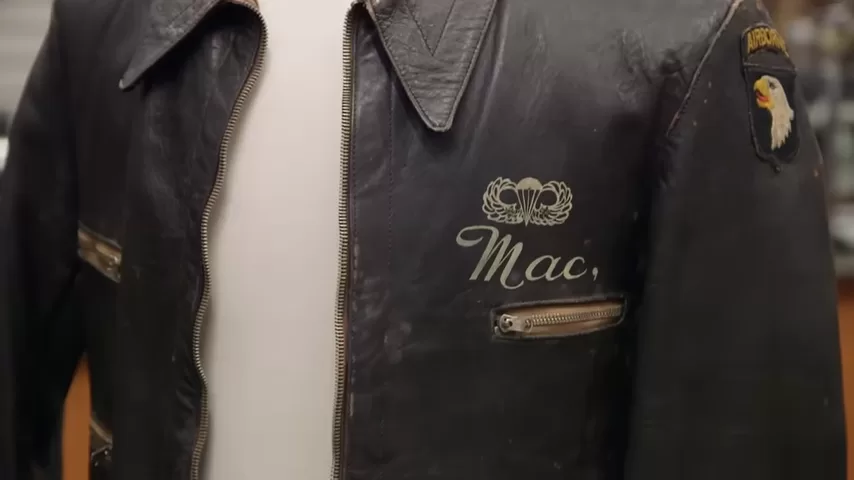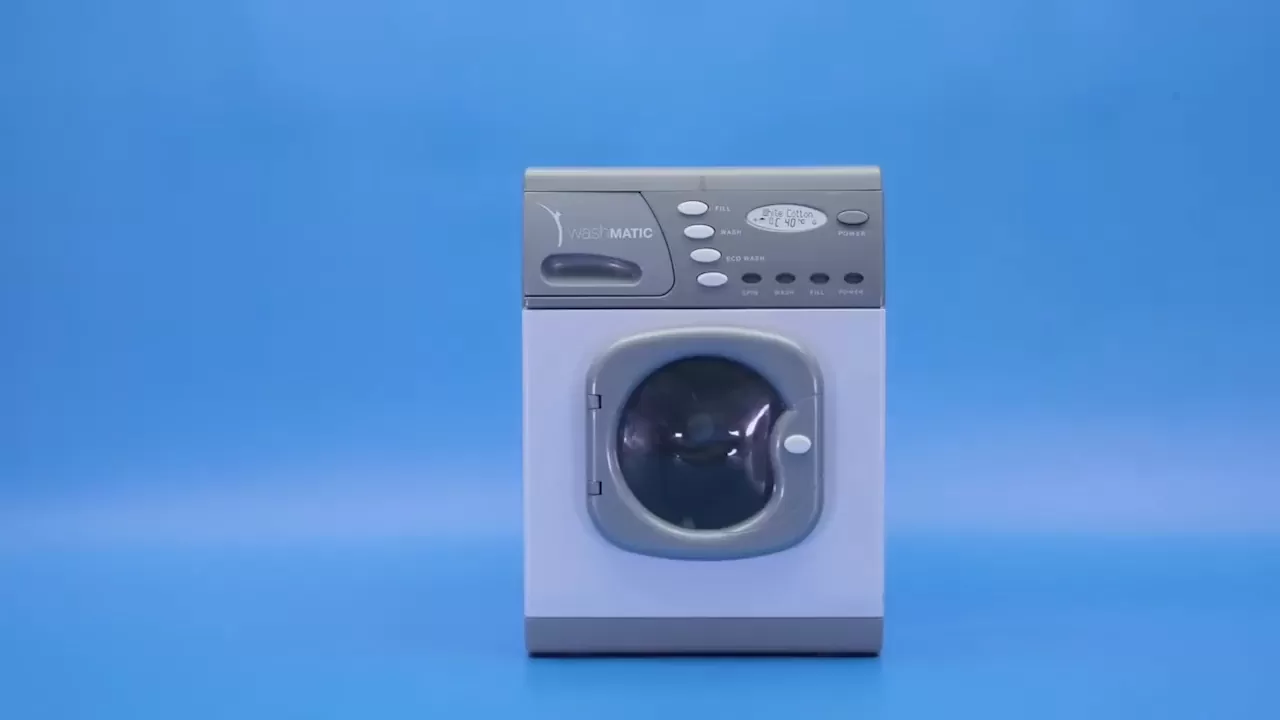In modern combat environments, protection starts at the top. Choosing the right combat tactical helmet is not just a matter of comfort or convenience—it’s a matter of survival. Whether you’re a professional soldier, a special forces operator, or a civilian working in conflict zones, the quality of your helmet could be the deciding factor between life and death. If you’re wondering where to buy a reliable combat tactical helmet at a fair price, look no further than certified Ukrainian suppliers who offer products tested to meet or exceed international ballistic standards. These helmets are designed to absorb impact, stop shrapnel, and even resist pistol rounds in some cases, all while ensuring that the wearer can still move, communicate, and operate effectively under pressure.
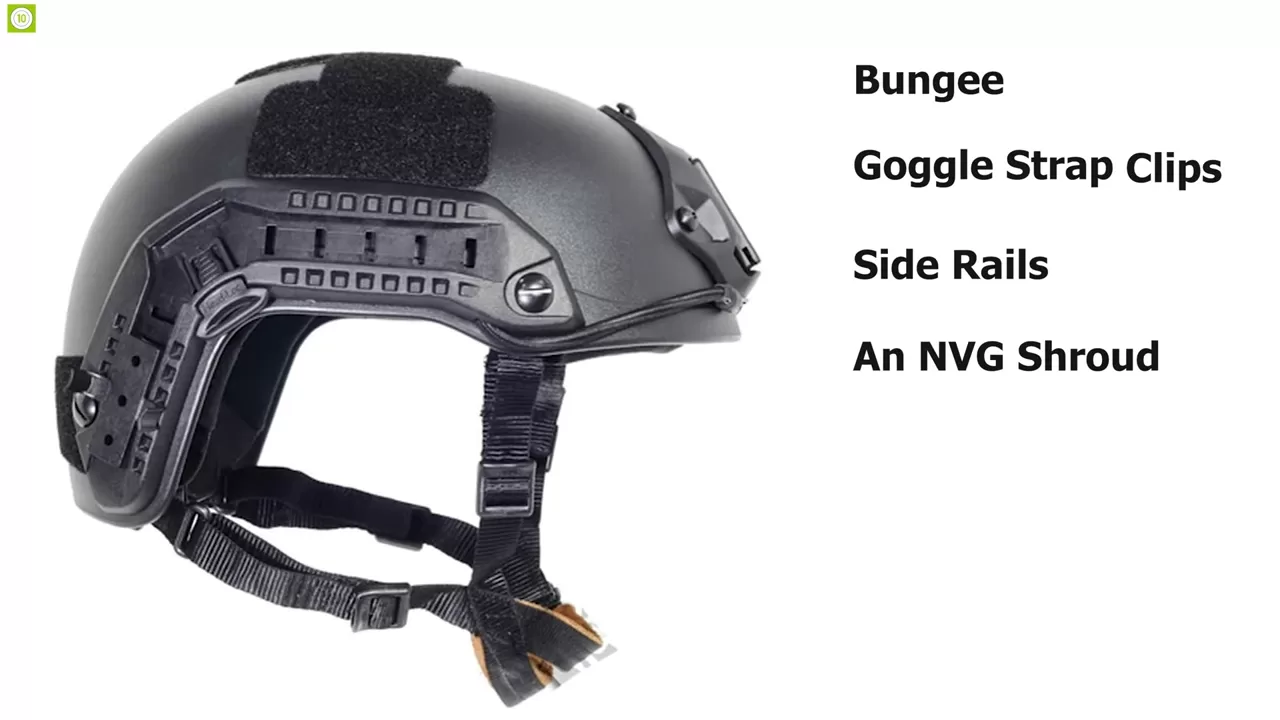
Today’s tactical helmets are light-years ahead of their predecessors. Gone are the days of heavy, cumbersome steel shells. The modern combat tactical helmet is made from advanced materials such as aramid (Kevlar), UHMWPE (ultra-high-molecular-weight polyethylene), or hybrid composites that provide robust protection without the extra weight. These materials offer resistance against fragmentation and certain ballistic threats while maintaining high durability and heat resistance. Moreover, many tactical helmets are modular in design, allowing users to customize them for specific missions—mounting night vision goggles, communications systems, visors, and even ballistic face shields.
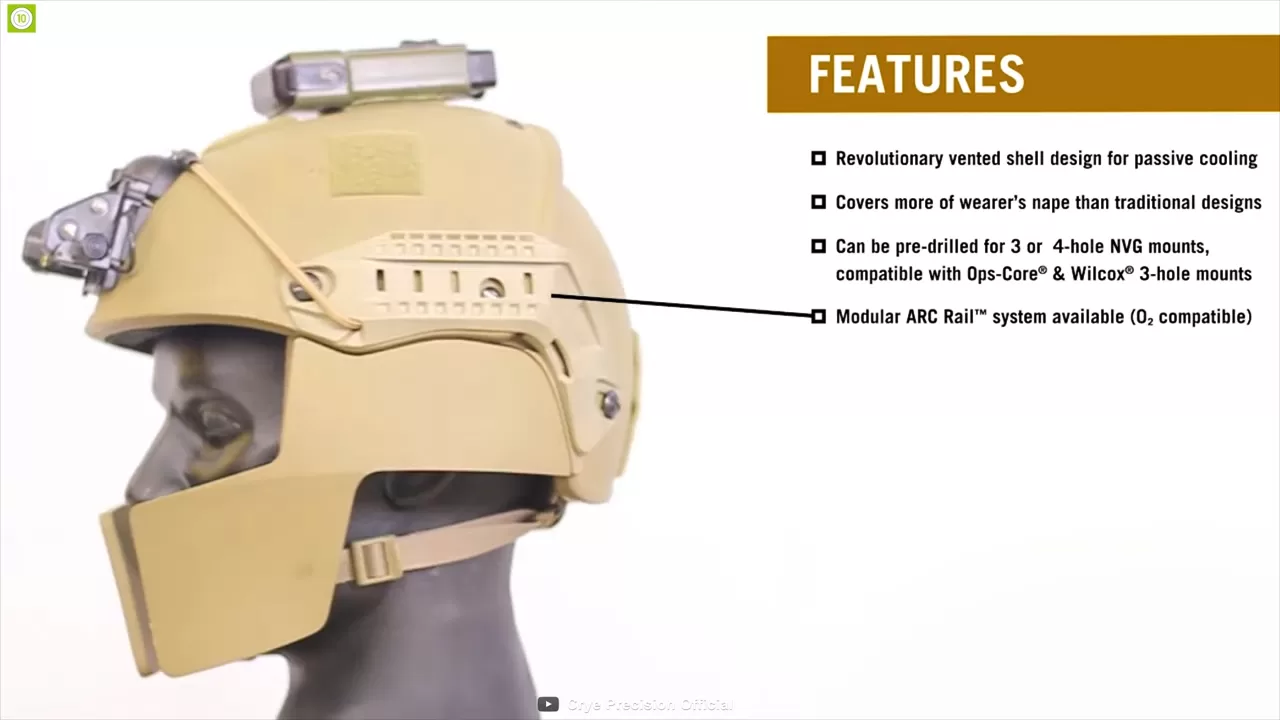
But protection is only part of the equation. Equally important is comfort, especially for missions that require extended periods of helmet use. A high-quality combat tactical helmet comes equipped with advanced suspension systems, usually based on foam pads or netted cradles, that reduce pressure points and prevent fatigue. Chin straps and retention systems should offer easy adjustment, good stability, and quick release. Ventilation is also essential—helmets with proper airflow channels and moisture-wicking liners can significantly improve comfort during hot or high-stress operations.
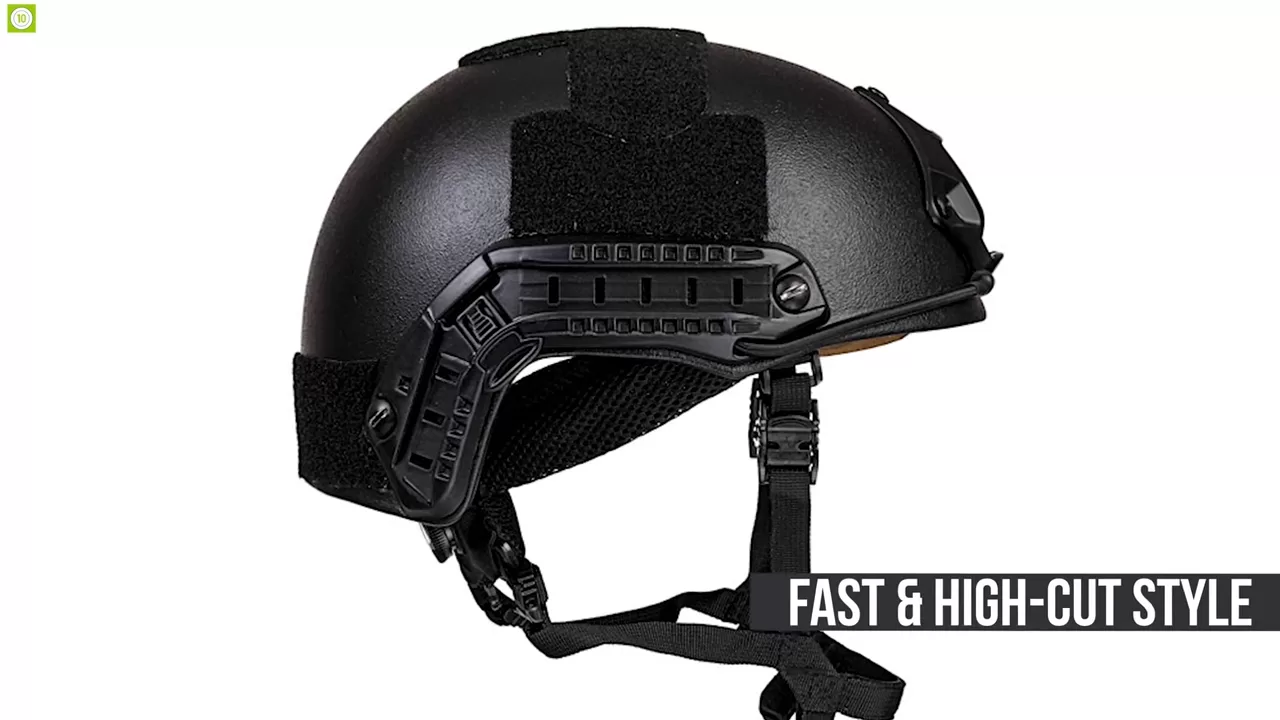
If you’re comparing models, you’ll notice that helmet price varies significantly. Entry-level models designed for airsoft or training may cost less than $100, while fully certified ballistic helmets from brands like Ops-Core, Team Wendy, or MTEK can reach upwards of $1000. The price of a combat tactical helmet usually reflects its ballistic rating, weight, material quality, modularity, and included accessories. It’s crucial not to base your purchase on price alone—always check the certification. Look for helmets tested under NIJ, STANAG, or VPAM protocols. These tests measure resistance to impact, penetration, blunt trauma, and other battlefield threats.
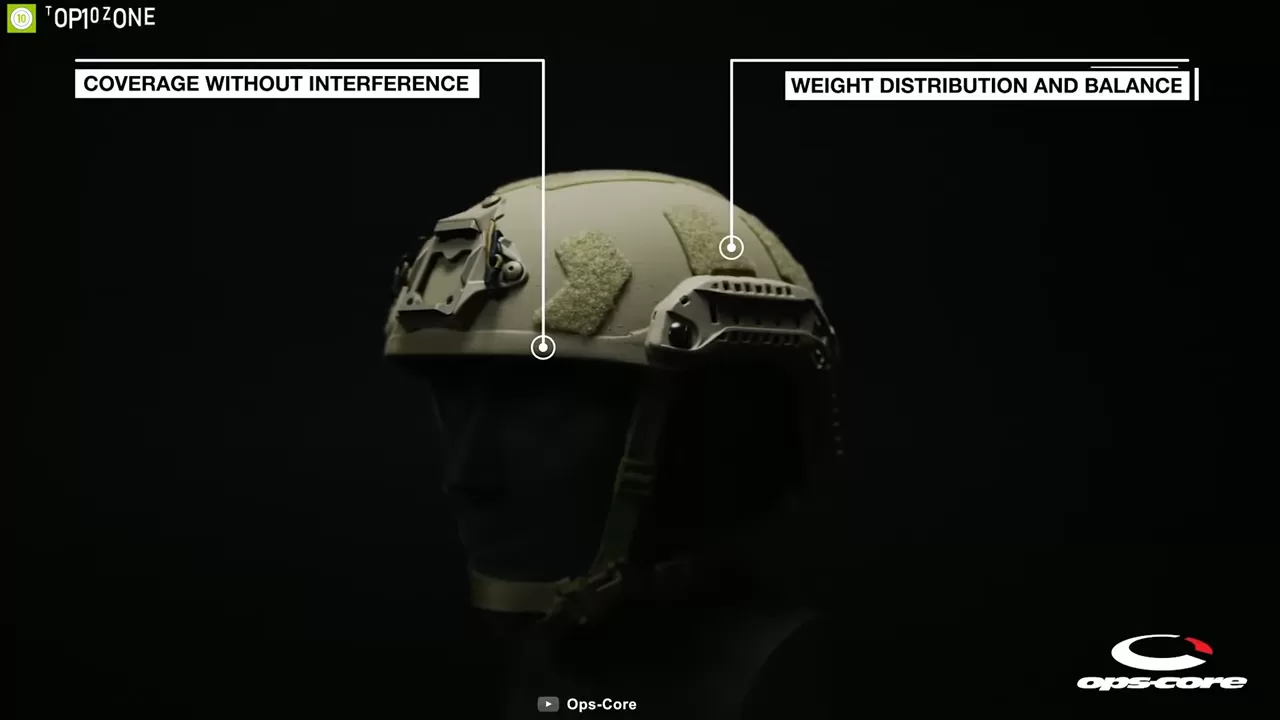
Another key consideration is compatibility with tactical gear. Modern helmets often feature integrated rails (e.g., ARC or Picatinny) for attaching cameras, strobes, flashlights, or IR beacons. Front shrouds accommodate night vision devices, while velcro patches allow for easy unit or blood type identification. Some helmets even include built-in communication headsets or are designed to fit over-ear comms systems. These capabilities make them highly versatile for military, law enforcement, rescue, and even journalistic applications.
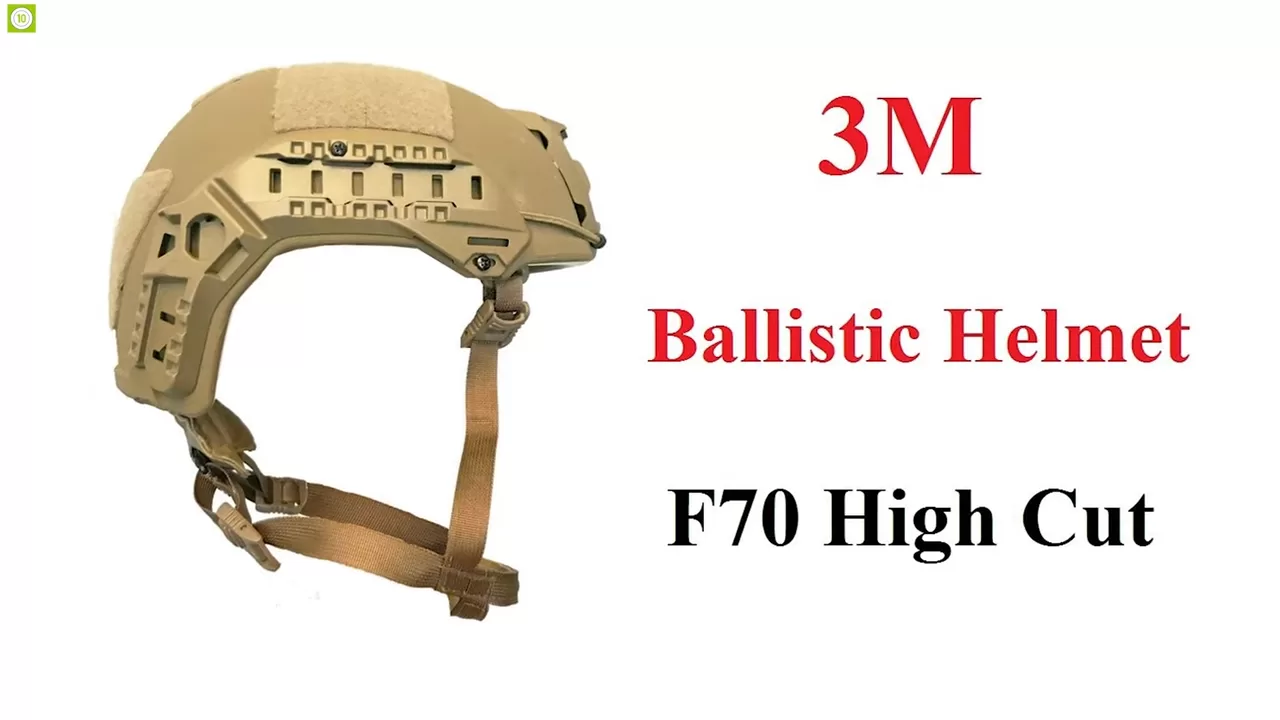
Beyond hardware, don’t forget about helmet sizing and fit. A poorly fitting helmet can be worse than no helmet at all. Most suppliers offer multiple sizes or adjustable systems to ensure a snug, stable fit. Padding kits are often modular, allowing users to customize the internal shape of the helmet to their head. When trying a helmet, make sure there is no rocking or excessive movement, and that it feels secure during physical activity.
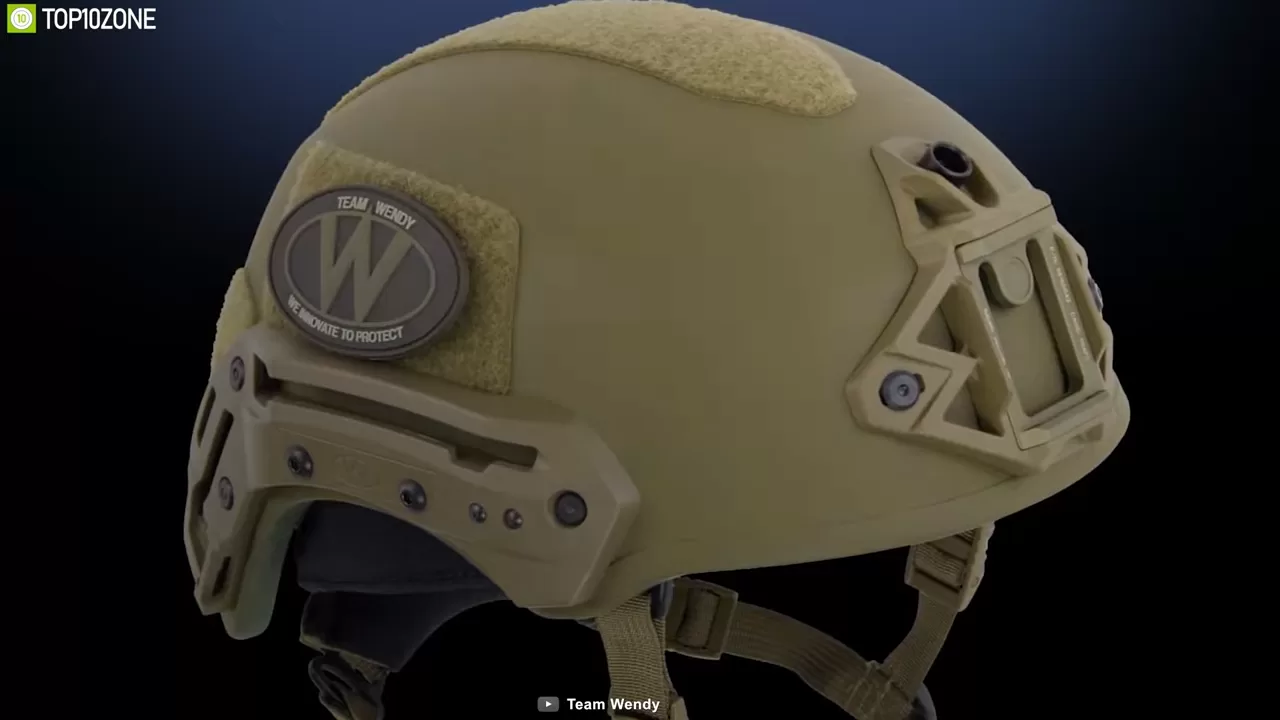
The design and color of your helmet also matter depending on your mission environment. While matte black and olive drab are standard choices, tan, multicam, and even digital patterns are available. Coatings may be matte, IR-absorbing, or hydrophobic to prevent water absorption and glare. In some cases, users may apply additional camouflage netting or helmet covers to blend into specific environments.
If you’re in Ukraine or Eastern Europe, it’s important to find a supplier who not only offers certified gear but can also guarantee fast shipping and proper documentation. Avoid dubious sellers or unverified military surplus, which may be expired or non-functional. For professionals, it’s worth paying more for guaranteed performance and post-sale support.
There’s also a growing civilian market for combat tactical helmets, especially among war journalists, humanitarian workers, and medics operating in high-risk zones. For these users, the focus is often on lighter helmets with reduced coverage but improved visibility and comfort. Still, these helmets should meet at least minimal ballistic standards and allow for modular gear attachments.
Let’s break down the most important technical specifications to check before buying:
- Ballistic Rating: Ideally NIJ Level IIIA or equivalent, protecting against .44 Magnum and 9mm threats.
- Weight: Should be under 1.5 kg for most full-cut helmets.
- Material: Kevlar, PE, or composite blend.
- Ventilation: Built-in channels or liners for airflow.
- Mounts: NVG front shroud, side rails, velcro.
- Retention System: 4-point or dial-adjust harness.
- Certification: NIJ, STANAG, VPAM, GOST (for local markets).
Make sure to review user testimonials and field reviews before making your choice. The best feedback often comes from users in real-world scenarios: military operations, SWAT teams, search-and-rescue missions, etc. Look for helmets that have been tested in action, not just in labs.
As global instability continues to rise, personal protection becomes more relevant even outside traditional warzones. Tactical helmets are now used in riot control, security, disaster zones, and even by civilians during evacuation or defense scenarios. In such situations, every second counts—and having a dependable helmet can make all the difference.
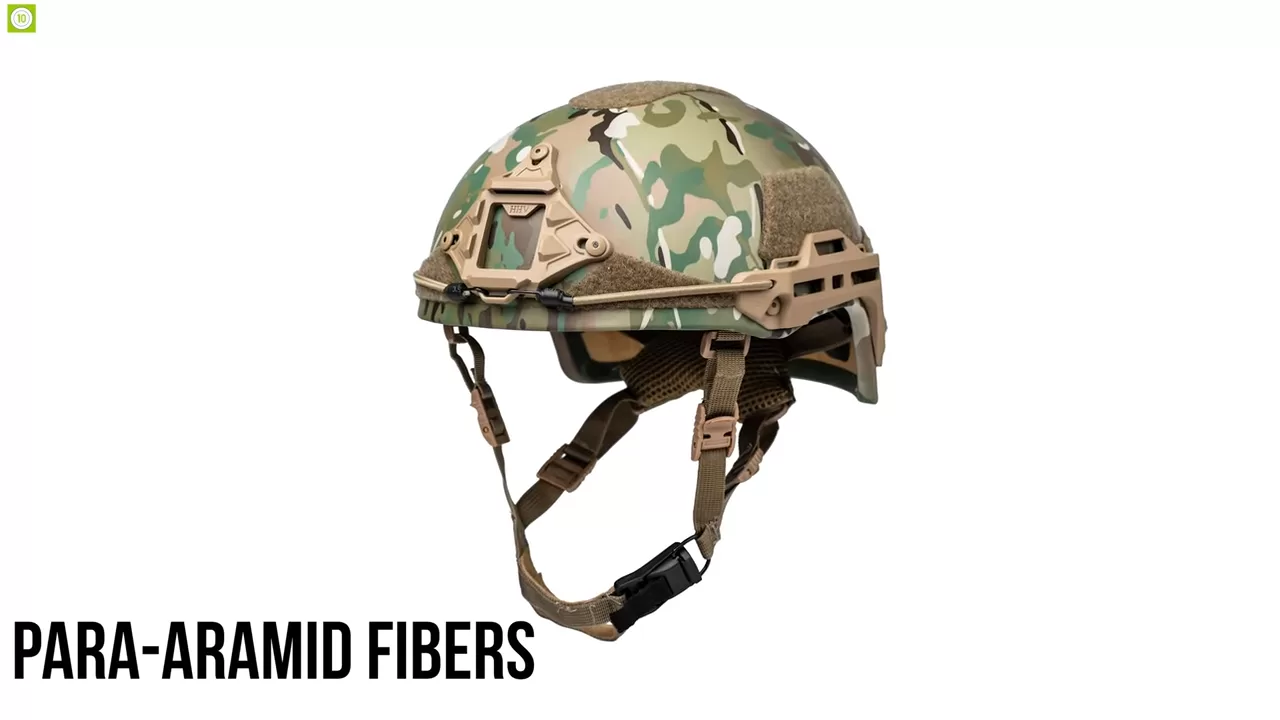
To sum up: if you are serious about your safety and operational performance, don’t settle for second-rate gear. A certified, well-fitting combat tactical helmet is an investment into your health, efficiency, and peace of mind. And while the price may seem steep, what you’re really buying is protection—something that is truly priceless.
Whether you’re preparing for your next deployment, training your tactical team, or simply want the best protection money can buy, make sure you choose a product that meets your specific needs, has proper certification, and comes from a trusted source. Never compromise when it comes to head protection. Buy wisely—and stay safe.
